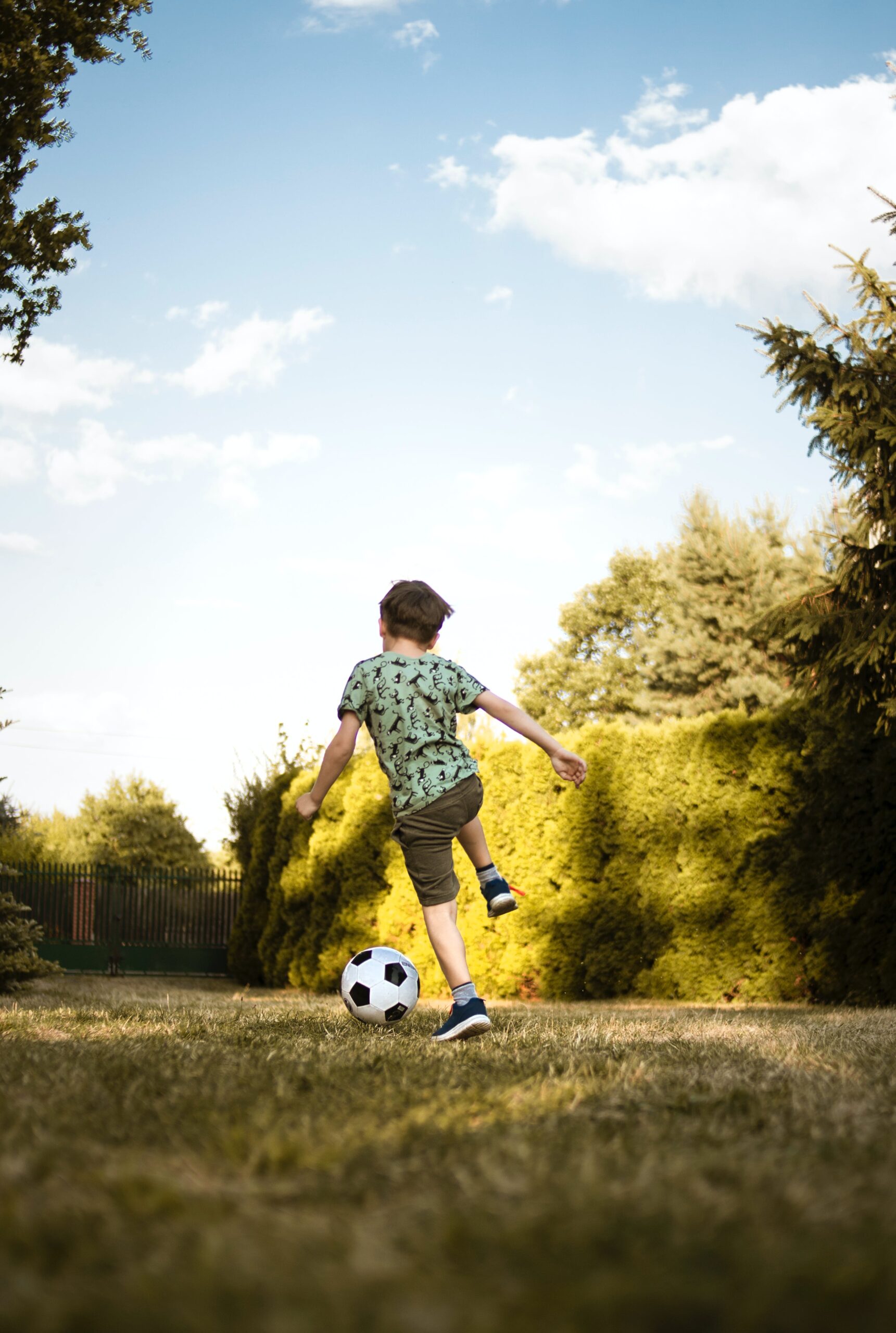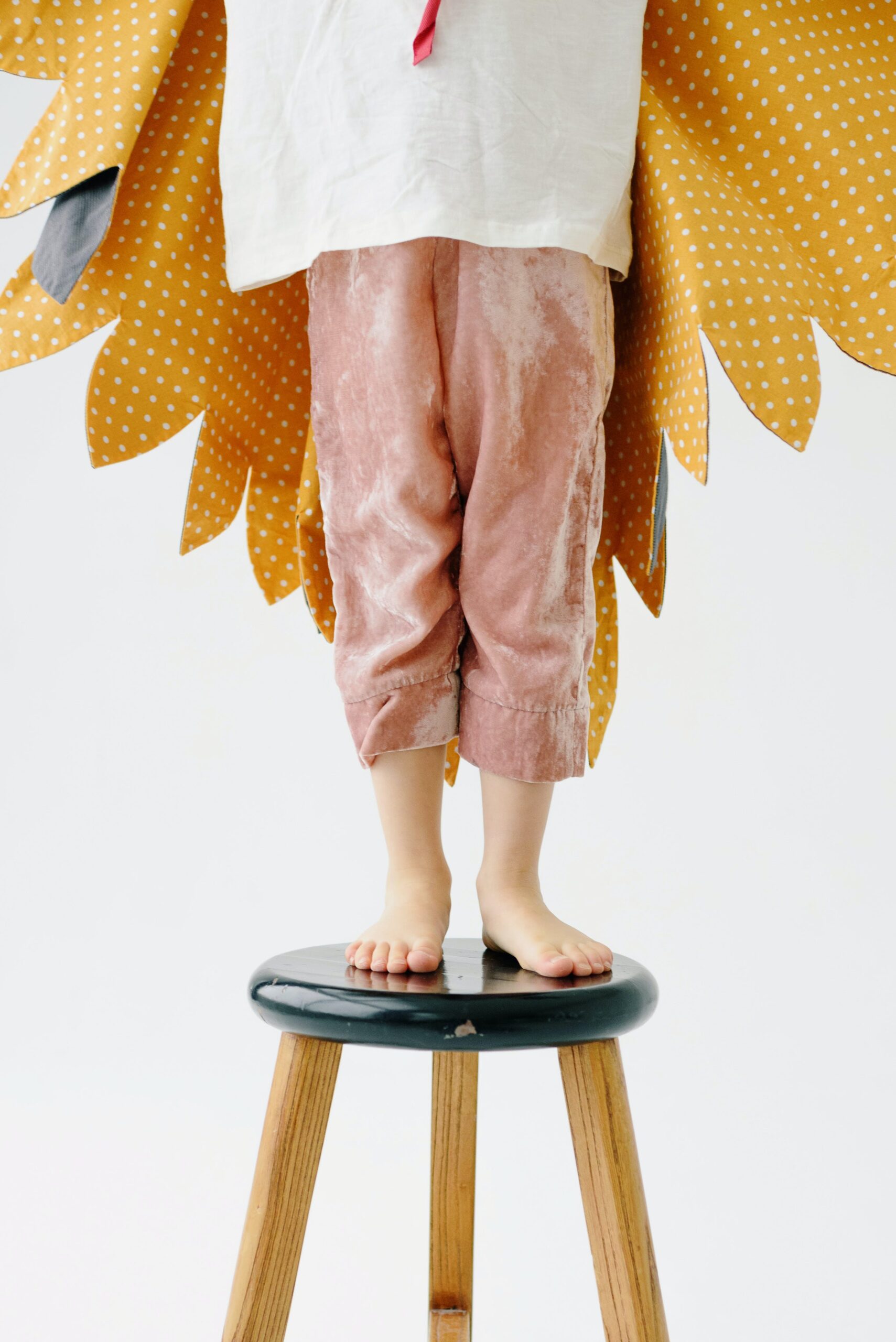So, you’ve taken the plunge and treated that pesky plantar wart with freezing, only to find out that more warts have popped up. It’s frustrating and confusing, but you’re not alone. Understanding why this happens can help you manage the situation more effectively and get your child’s feet back to being wart-free.
What Are Plantar Warts?
Plantar warts are small growths that appear on the soles of the feet, caused by the human papillomavirus (HPV). They can be painful and annoying, often resembling calluses but with tiny black dots (which are actually blood vessels). Freezing, or cryotherapy, is a common treatment that involves applying liquid nitrogen to destroy the wart tissue (Australian Podiatry Association, 2022).
Why Did More Warts Appear?
Seeing new warts after treatment can be disheartening. Here are some reasons why this might happen:
- Incomplete Treatment
Cryotherapy might not always fully eliminate the wart if the freezing didn’t penetrate deep enough or if the treatment area was too small. Warts can be stubborn, and sometimes multiple sessions are required to fully eradicate them (National Health Service, 2023).
- HPV Spread
Plantar warts are caused by HPV, which is highly contagious. If the virus has spread to other areas of the foot or even to other family members, new warts can develop. HPV thrives in warm, moist environments, so make sure to keep feet clean and dry (Australian Institute of Dermatology, 2023).
- Immune Response
The body’s immune response plays a role in wart treatment. Sometimes, after initial treatment, the virus can trigger the development of new warts as the body tries to combat the infection. This can happen if the immune system is still in the process of recognising and attacking the virus (Australian Dermatology Society, 2022).
- Reinfection
It’s possible that new warts are the result of reinfection. If the area where the original wart was treated is not properly cleaned or if the wart was not completely removed, the virus can survive and cause new warts to form (American Academy of Dermatology, 2023).
What to Do Next
If you’re dealing with new warts after treatment, consider these steps:
- Consult with a Podiatrist: If you haven’t already, see a podiatrist who can assess the situation and recommend further treatment options. They can provide additional cryotherapy sessions or explore other treatments, such as topical solutions or laser therapy.
- Practice Good Foot Hygiene: Keep your child’s feet clean and dry. Encourage them to wear flip-flops or shower shoes in communal areas like pools and gyms.
- Avoid Sharing Personal Items: Ensure that towels, socks, and shoes are not shared to prevent the spread of the virus.
Conclusion
Seeing more warts after cryotherapy can be frustrating, but it’s important to understand why this might happen and how to manage it effectively. With proper treatment and preventive measures, you can help your child get rid of those warts and keep their feet healthy and comfortable.
References
Australian Podiatry Association. (2022). Plantar warts treatment. Retrieved from https://www.podiatry.org.au
National Health Service. (2023). Plantar warts. Retrieved from https://www.nhs.uk
Australian Institute of Dermatology. (2023). Understanding plantar warts. Retrieved from https://www.dermatology.org.au
Australian Dermatology Society. (2022). Warts and their treatments. Retrieved from https://www.dermnetnz.org
American Academy of Dermatology. (2023). Plantar warts: Causes and treatment. Retrieved from https://www.aad.org
#PlantarWarts #FootHealth #Cryotherapy #WartTreatment #HealthyFeet #PodiatryCare #KidsHealth #WartRemoval #FootCareTips #PodiatristAdvice
If you’re struggling with plantar warts or need more guidance on treatment options, don’t hesitate to reach out to our clinic. We’re here to help get those little feet feeling great again!





